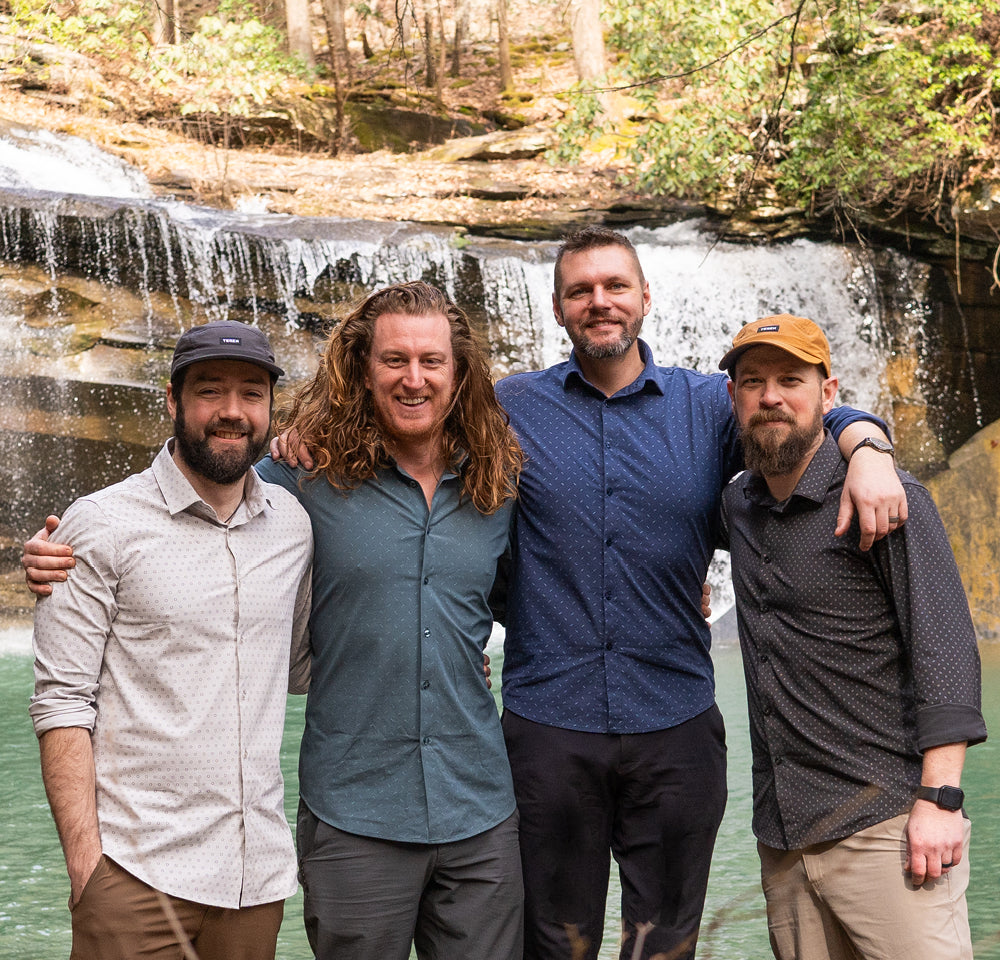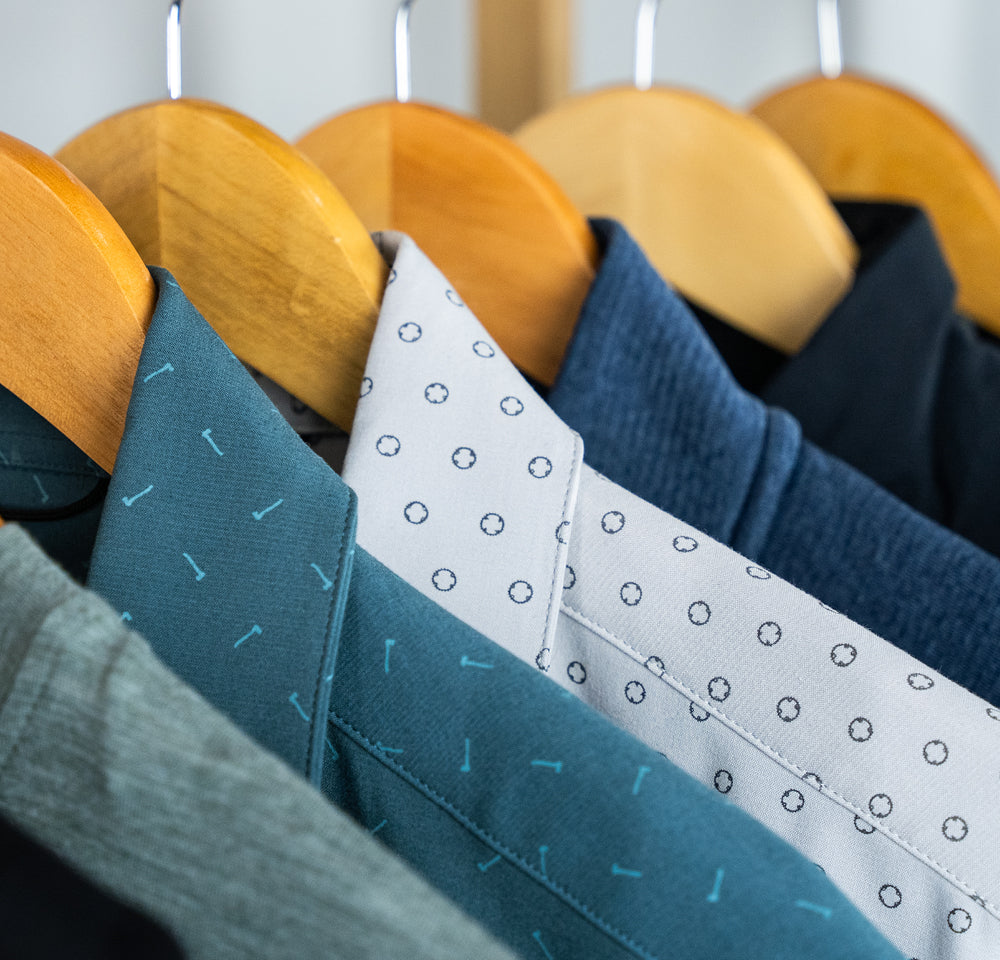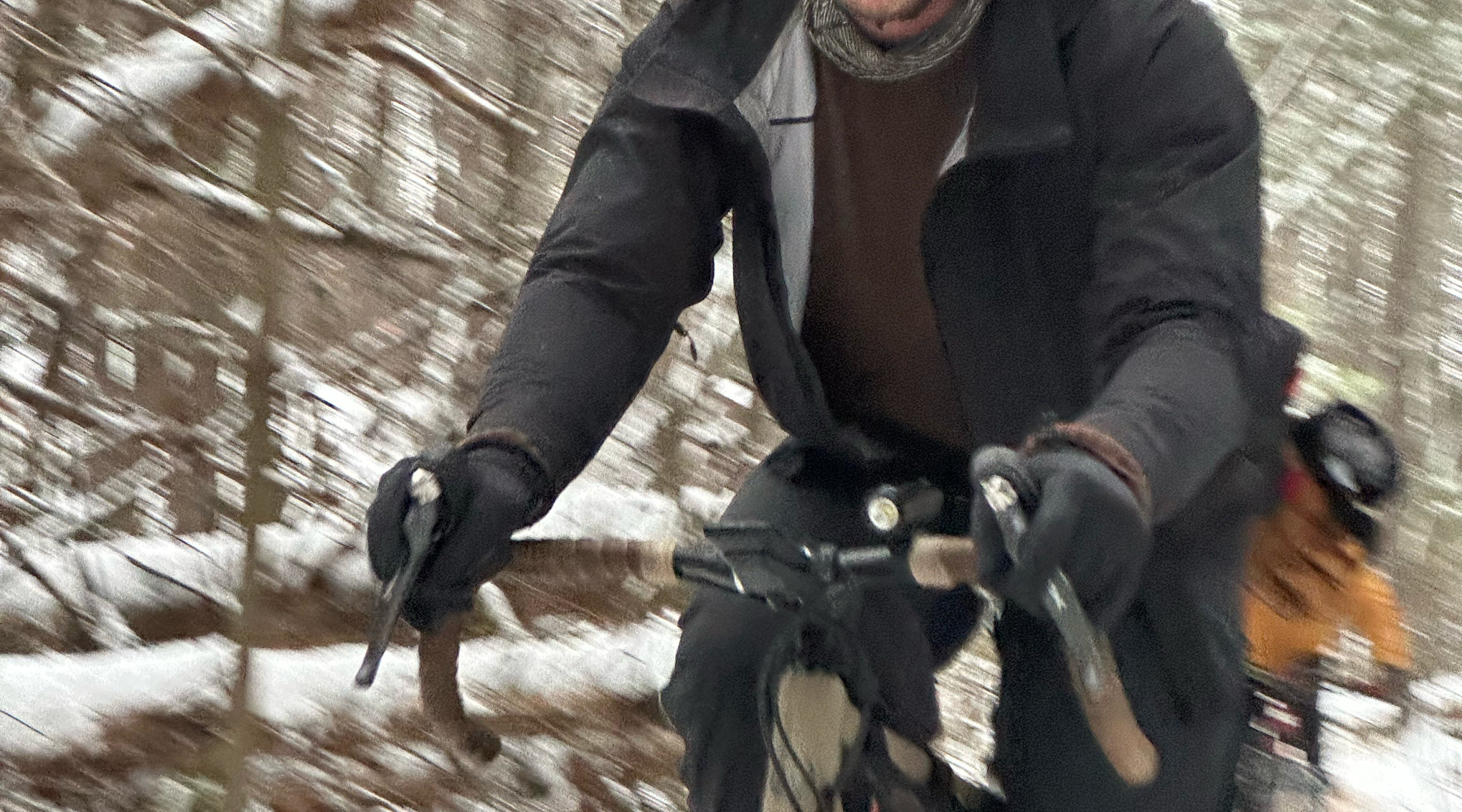The Technical Deep-Dive on Fabric, Ratings & Long-Term Performance
If you spend time outdoors—whether you're hiking mountain storms, bikepacking remote routes, or navigating a drizzly commute—your outerwear needs to keep you dry without overheating. That’s where waterproof breathable rain gear comes in.
At TEREN, we build high-performance gear like our Cloudland Shell using elite materials from partners like eVent® Fabrics. Shoutout eVent—driving innovation in the outdoor industry for the last 25+ years and for assisting us with the core info below. That said, not all "waterproof" gear lives up to the label. Here's how the tech works, what to look for, and how to keep it performing season after season.
How Waterproof-Breathable Fabric Works
1. Waterproof Membranes
The core layer of your jacket. Membranes come in two forms:
-
Hydrophobic membranes repel water and vent vapor. These membranes are typically made of polymers or synthetic materials that function as the barrier and prevents external moisture form getting in and touching your skin.
-
Hydrophilic membranes attract and transmit vapor, but block water. These membranes are integrated for to allow for breathability. They have microscopic pores that allow your sweat moisture to release but continue to block the water molecules from breaking in.
2. DWR (Durable Water Repellent) Coating
Keeps the face fabric from soaking. Many brands have transitioned away from PFAS-based coatings—a good environmental move, but it can reduce DWR effectiveness if not maintained. Right now, a PFAS DWR will be the best waterproofness to breathability rating but eventually will be very hard to find with the industry trend to move away from these PFAS chemicals with substitutes that have not proven as effective yet.
3. Taped Seams & Zippers
Stops water from seeping in through seams and openings. Look for pit zips to vent heat during intense activity. Always double check behind that big outdoor brand chest logo to confirm it's been seam sealed / or seam taped to reseal the holes created by the stitching.
 Fabric Construction: Layers Matter
Fabric Construction: Layers Matter
-
2-layer: face + membrane. Most basic construction and requires a liner to protect from damage.
-
2.5-layer: same a 2-layer construction but adds a printed protective coating.
-
3-layer (Cloudland Shell): Face + membrane + backer. Light, durable, and breathable and the most common construction found in high performing waterproof apparel. Membrane is sandwiched between a face and backer fabric protecting it from both sides.
-
4-layer: Mostly used in rugged footwear and adds a layer of foam to the mix.
Ratings That Actually Mean Something
Waterproof Rating (Water Column): Measures how much water pressure a fabric can take before leaking. Usually measured by putting a "1x1" cylinder over a piece of fabric and filling it with water until water leaks through it from the pressure.
|
Rating (mm) |
Protection Level |
Best For |
|
5,000 |
Water-resistant |
Light drizzle, dry snow |
|
10,000 |
Waterproof |
Day hikes, light rain |
|
20,000+ |
Stormproof |
Heavy rain, wet snow, backpacking |
|
30,000 |
Extremeproof |
Extreme conditions, heavy pressure |
Breathability (MVTR): Measures how much vapor escapes. Higher numbers = better breathability.
|
MVTR (g/m²/24hr) |
Breathability |
Best For |
| 10,000 |
Basic |
Casual, fishing, hunting |
|
20,000 |
Great |
Hiking, snow sports, backpacking |
|
30,000 |
Elite |
Biking, trail running, ski touring |
|
36,000+ |
World's Best |
All of the above |
When Jackets Claim to Do Both Without the Ratings
A lot of jackets out there claim to be both waterproof & breathable—but most don’t perform under pressure. They use coatings instead of true membranes, skip seam taping, or choose materials that trap sweat as easily as they block rain. That’s why some jackets feel like saunas inside or leak at the seams under pressure. Make sure to confirm the Water Column & MVTR if a jacket is claiming to do both.
These jackets might survive a drizzle—but take them on a real adventure, and you’ll feel the difference. REAL FAST.
The Proven Combo with Ratings to Show It: Cloudland Shell
Our Cloudland Shell is our answer to that problem. It’s a true 3-layer waterproof jacket built with an eVent® DVAlpine membrane, fully seam-taped with waterproof YKK Zippers, synch cord around the waist and hood with a water column rating of 20,000mm and a breathability rating of 36,000 MVTR.
It’s one of the best waterproof-to-breathability ratio available out there—engineered for real storms & real movement.
Care: Keep It Performing
Even the best gear needs regular TLC to stay waterproof and breathable. Dirt, sweat, and grime clog the membrane and kill DWR performance.
Quick Washing Tips:
-
Zip it up & loosen cords
-
Use technical cleaner (like Nikwax® Tech Wash)
-
Tumble dry low to revive DWR
-
Never use softeners, bleach, or dry-cleaning
Read this blog / watch the video for The Ultimate Guide to Caring For Your Waterproof Jacket
Final Thought
Understanding waterproof breathable fabrics helps you shop smarter, care better, and stay dry longer. Because the only thing worse than getting caught in the rain is getting caught in the wrong jacket.
Still not sure which jacket you need?
Start with our quick guide: Waterproof vs Water-Resistant





